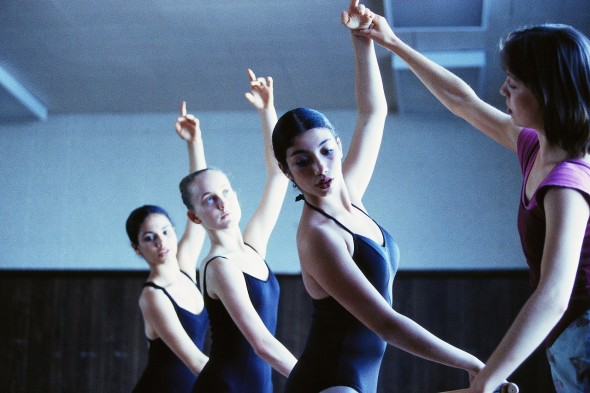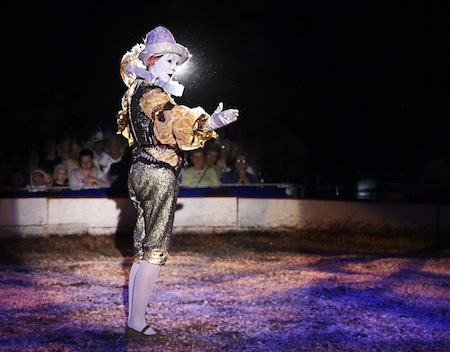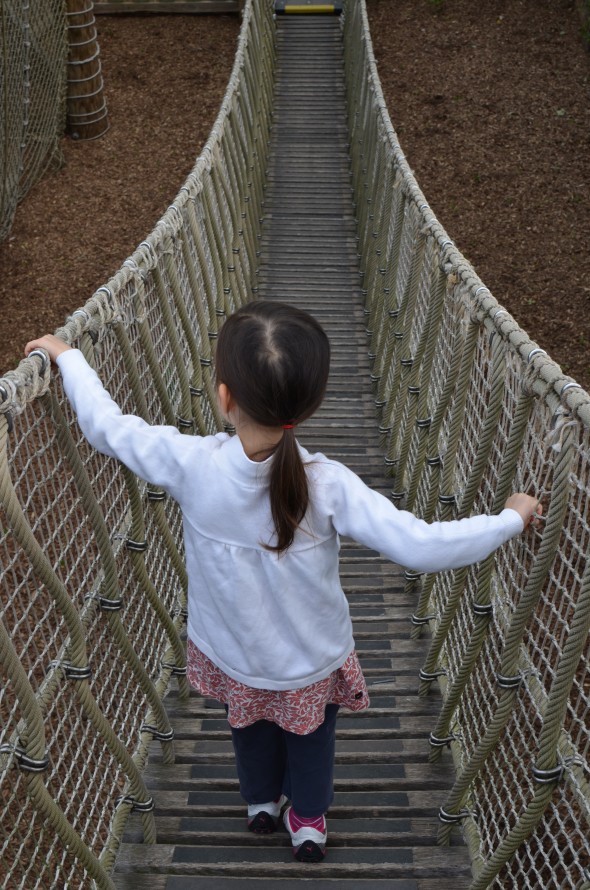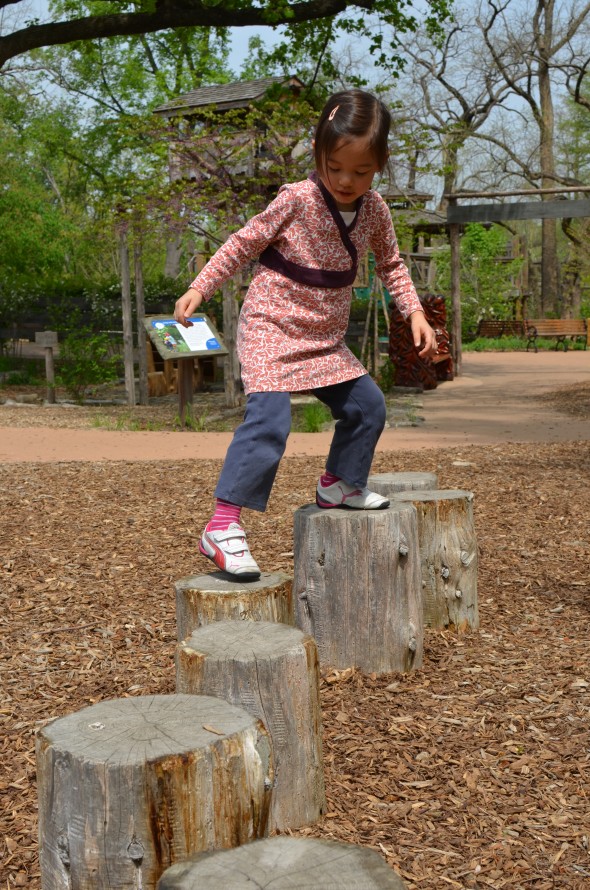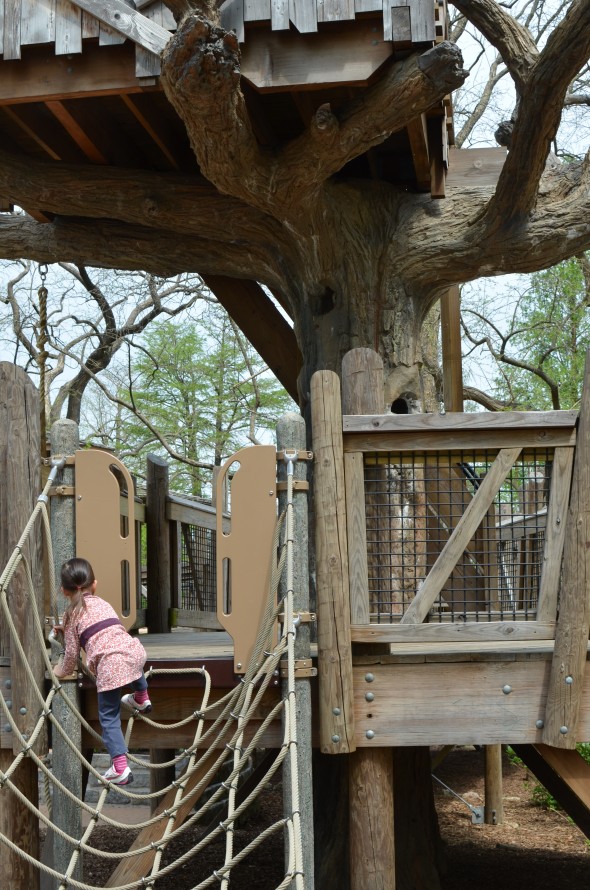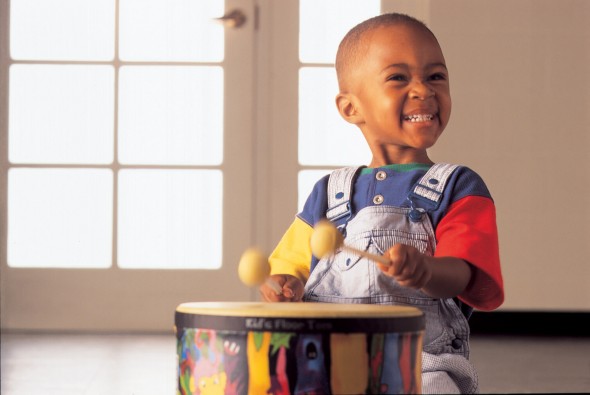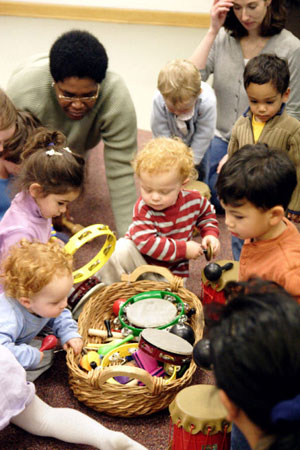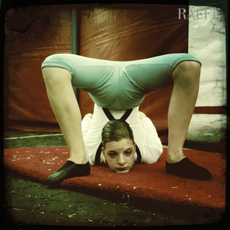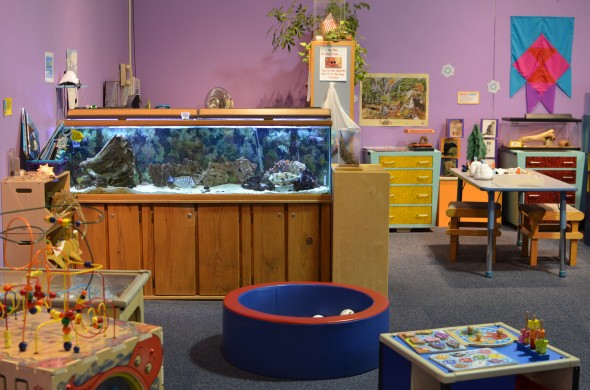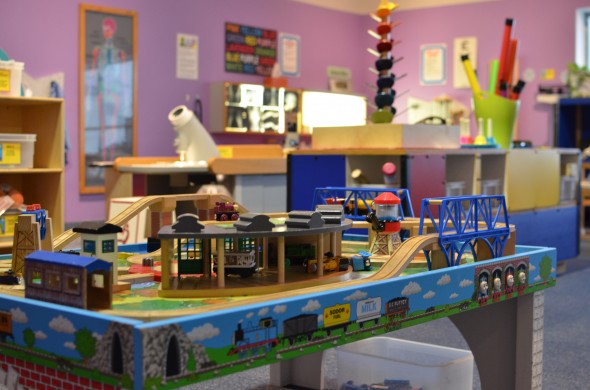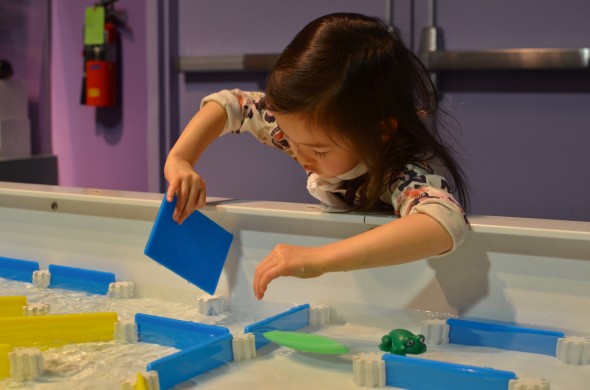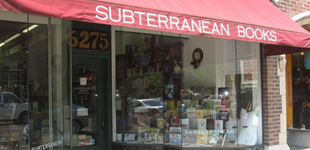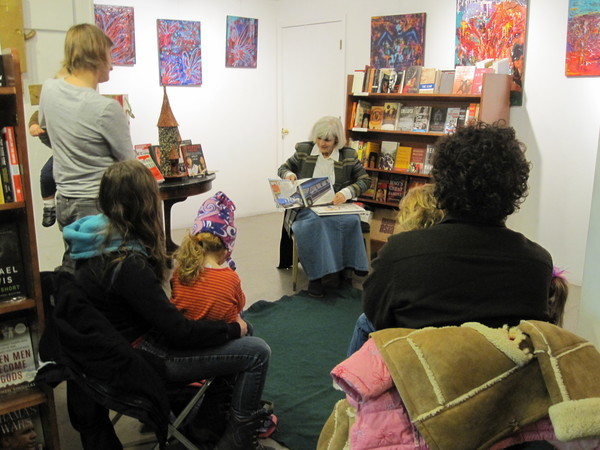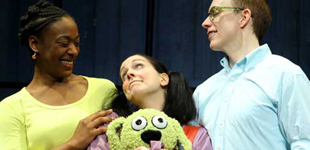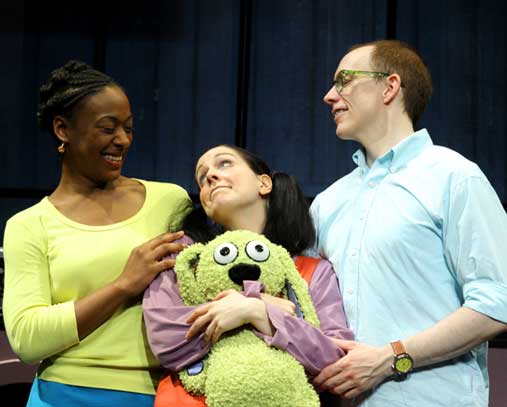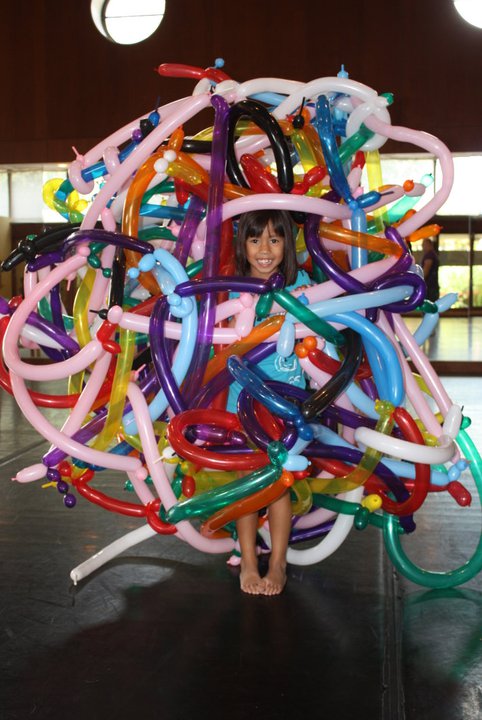 There is an abundance of excellent summer camp offerings in the St. Louis region for kids of all ages. Looking for something special for your little arts enthusiast? Here are some suggestions. Classes are filling up quickly, so be sure to register soon. Note, some nonprofit organizations offer discounts for members.
There is an abundance of excellent summer camp offerings in the St. Louis region for kids of all ages. Looking for something special for your little arts enthusiast? Here are some suggestions. Classes are filling up quickly, so be sure to register soon. Note, some nonprofit organizations offer discounts for members.
Doesn’t this list make you want to have summer vacation again?
COCA (Center of Creative Arts)
COCA has numerous summer camps located in University City and Creve Coeur that focus on dance, music, visual art, story telling, theater, cooking, clowning, acrobatics, stage combat, comic books, film, legos, photography, pottery, and pretty much anything and everything art related. For ages 3 to 18. Summer camp brochure.
Laumeier Sculpture Park
4 to 6 year olds get to create artwork with composer-in-residence, Eric Hall! Expect fun experiences at these week long outdoor summer camps that explore the Laumeier Sculpture Park’s incredible collection. The average staff to camper ratio is 1:7. For kids ages 4 to 15. The park is located in the Sunset Hills area. Summer camp brochure.
Yucandu Art Studio
Located in Webster Groves, this unique hands on art studio offers small visual art camps for grades K-12. Projects include painting, decoupage, collage, mosaics, and more. For those of you who head scout troops or have a million cousins in the area, Yucandu also offers a special friends and family summer camp designed for 8 to 16 kids.
The College School
Also located in Webster Groves, the Reggio-Emilia geared College School offers all day camps for ages 4 to 15. Arts themed camps include Funtastic Fantasy, Make Your Mark, Junior Circus Skills, Science, Art, and Cooking, and Art by Nature. Summer camp brochure.
Camp Curtain Call at The Magic House
Children ages 8-11 can experience the magic of live theater during a weeklong drama camp at The Magic House. Through activities and games, campers learn about putting on a theatrical production including basic theater terms, line readings, projection, stage directions, rehearsing, props, scenery, and dress rehearsal. Participants present their theatrical production to a live audience and then give a special performance for their families on the last day of camp.
Community Music School of Webster University
Summer opportunities for infants through high school students include a family “zoo train” session for children and their caregivers, band camp, flute camp, low brass week, chamber music camp, strings camp, composing camp, and individual instruction.
Opera Theatre of St. Louis
Youth entering grades fourth through eighth spend a week singing, dancing, writing words and music, making instruments, and learning about costumes and makeup, lighting, and set design. They tour backstage, work with Opera Theatre of St. Louis professionals and leading music educators, and see a performance of Unsuk Chin’s Alice in Wonderland. Located in Webster Groves. Summer camp brochure.
Piwacket Theatre for Children
Located in Maplewood, this delightful children’s theater offers week long camps for children ages 6 to 15. Participants create an original show through games, music, dance, theater, and play.
Craft Alliance
These summer camps are packed with creative art experiences for 4 to 18 year olds. Activities may include working with clay, glass, graphics, metal arts, wearable art, fiber materials, and more. Camps are held at the Delmar studios or the Grand Center studios. Summer camp brochure.
Dave Simon’s Rock School
Band rehearsals, recording studio, private lessons, music appreciation, rock history, song writing, and/or improvisation is offered for students ages 9 to 18. Youth should have at least one month of instrument instruction prior to the beginning of a camp session. Beginners and advanced students are welcome. Located in Olivette.
ArtsINTERsection at New City School
Metro Theater Company’s ArtsINTERsection summer camp is for children ages 4 to 11. The camp offers kids a great place to experience art, music, movement, and drama in a safe and warm environment. Classes are taught by experienced, professional artists and are located near Forest Park.










